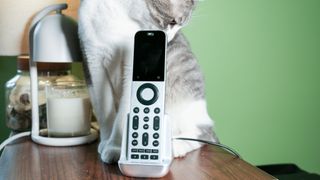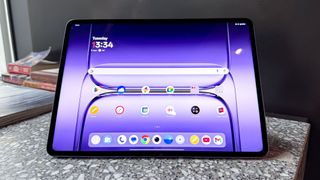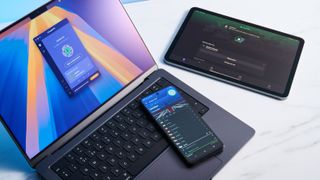Best Picks
Explore Best Picks
Latest Best Picks

The best Netflix VPN in 2025
By Olivia Powell last updated
VPN We've tested dozens of VPNs for Netflix, and here we round up the likes of NordVPN, Surfshark and ExpressVPN to find the very best Netflix VPN.

Best universal remotes in 2025
By Mike Prospero last updated
Here are our favorite picks for controlling all your entertainment devices.

Best drones in 2025
By Nikita Achanta last updated
From the best budget drone to the best 360-degree quadcopter, here are my top expert picks based on design, ease of use, camera quality, and flight time.

Best Samsung TVs in 2025 from budget 4K QLED TVs to premium 8K TVs
By Nick Pino last updated
From high-end to budget-friendly, these are the best Samsung QLED 4K smart TVs we've reviewed.

The fastest VPN services in 2025
By Olivia Powell last updated
We've tested dozens of VPNs to determine the top 5 fastest VPNs, including Proton VPN, NordVPN and Surfshark

The best streaming VPN in 2025
By Olivia Powell last updated
VPN We've tested dozens of VPNs with streaming sites like Netflix and BBC iPlayer to bring you a definitive ranking of the top 5 best streaming VPNs, including NordVPN, Surfshark and ExpressVPN

I test the best Android tablets for a living — here's my top 3 picks for 2025
By Darragh Murphy last updated
Our guide to the best Android tablets offers a curated list of the top iPad alternatives.

The best free VPN in 2025
By Mo Harber-Lamond last updated
Most free VPNs are useless – but there are a few that are worth considering. This is our tested and ranked guide to the only free VPN services we recommend.
Here at Tom’s Guide our expert editors are committed to bringing you the best news, reviews and guides to help you stay informed and ahead of the curve!


